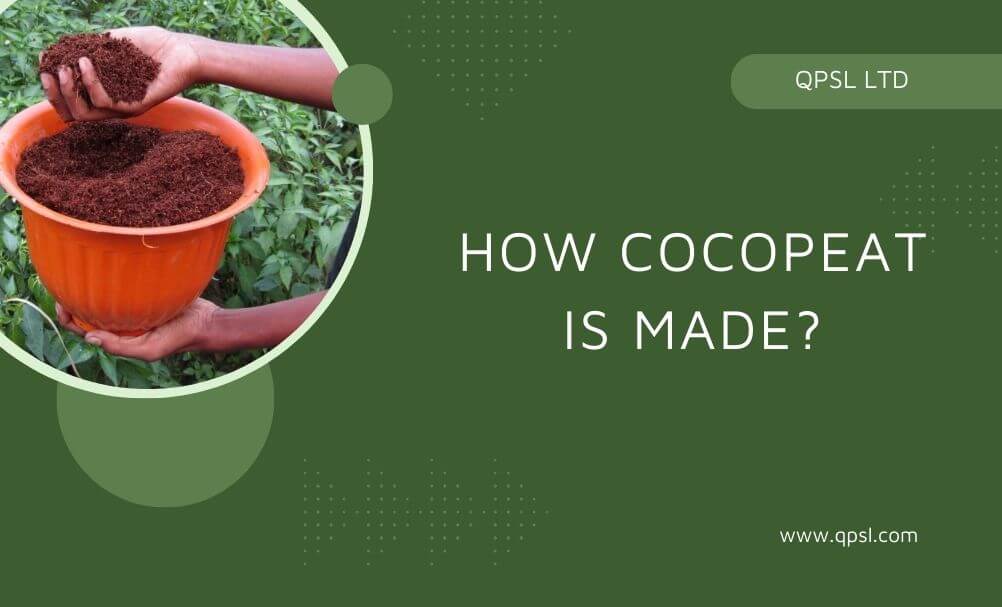How Cocopeat is Made

Cocopeat is a versatile and sustainable growing medium that is made from coconut husks. The process of making cocopeat involves harvesting coconuts, removing the husks, extracting fibers, and compressing the remaining pith into blocks or briquettes. Quality control measures ensure that the cocopeat meets industry standards, making it a reliable option for gardening, horticulture, and agriculture. With its environmental benefits and superior growing properties, cocopeat is a popular choice for eco-conscious gardeners and farmers around the world.
- Harvesting coconuts
The first step in making cocopeat is harvesting mature coconuts. Coconuts are typically harvested by hand from coconut palms, which are tropical trees that grow in coastal regions around the world. Once the coconuts are harvested, they are transported to processing facilities where the husks are removed.
- Removing the husks
After the coconuts are harvested, the husks are removed from the coconut shells. This process can be done manually or with the help of machinery. The husks are then washed to remove any dirt or debris and dried in the sun to reduce moisture content.
- Fiber extraction
Once the husks are dried, they are fed into a shredding machine that breaks them down into smaller pieces. These smaller pieces are then further processed to extract the fibers from the husk. The fibers are separated from the pith, which is the spongy material in the husk. The fibers are then washed and dried to remove any remaining impurities.
- Cocopeat production
After the fibers are extracted, the remaining pith is used to make cocopeat. The pith is shredded into even smaller pieces and then compressed into blocks or briquettes using hydraulic presses. These blocks are then dried in the sun to reduce moisture content and packaged for distribution.
- Quality control
Throughout the production process, quality control measures are implemented to ensure that the cocopeat meets industry standards. This includes testing the moisture content, pH levels, and nutrient content of the cocopeat to ensure that it is suitable for use as a growing medium.
- Environmental benefits
Cocopeat is a sustainable alternative to traditional peat moss, which is often harvested from natural peat bogs. Harvesting peat moss from these fragile ecosystems can have a detrimental impact on the environment, depleting valuable habitats and releasing carbon dioxide into the atmosphere. In contrast, cocopeat is made from a renewable resource – coconut husks – and is a byproduct of the coconut industry.
Additionally, cocopeat is biodegradable and can be easily composted after use, reducing waste and promoting soil health. Its high water retention and aeration properties make it an ideal growing medium for plants, allowing for optimal root development and nutrient uptake.
By understanding how cocopeat is made and the advantages it offers, gardeners can make informed choices about the products they use in their gardens. Whether growing vegetables, flowers, or houseplants, cocopeat can provide a healthy and sustainable growing environment for plants to thrive.

